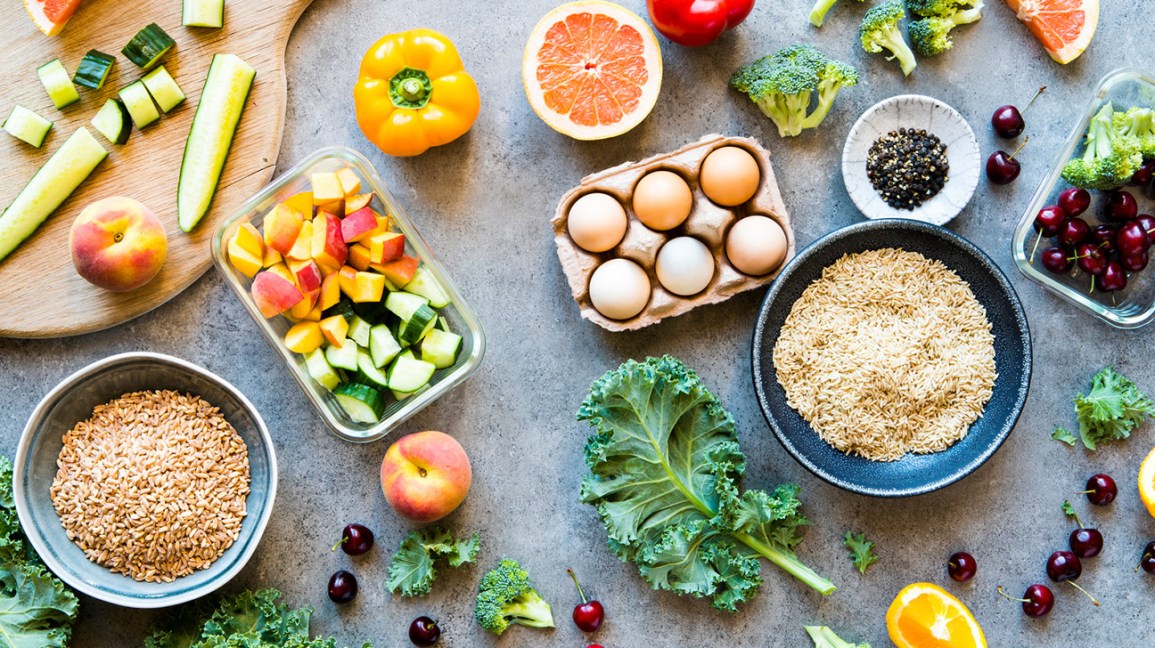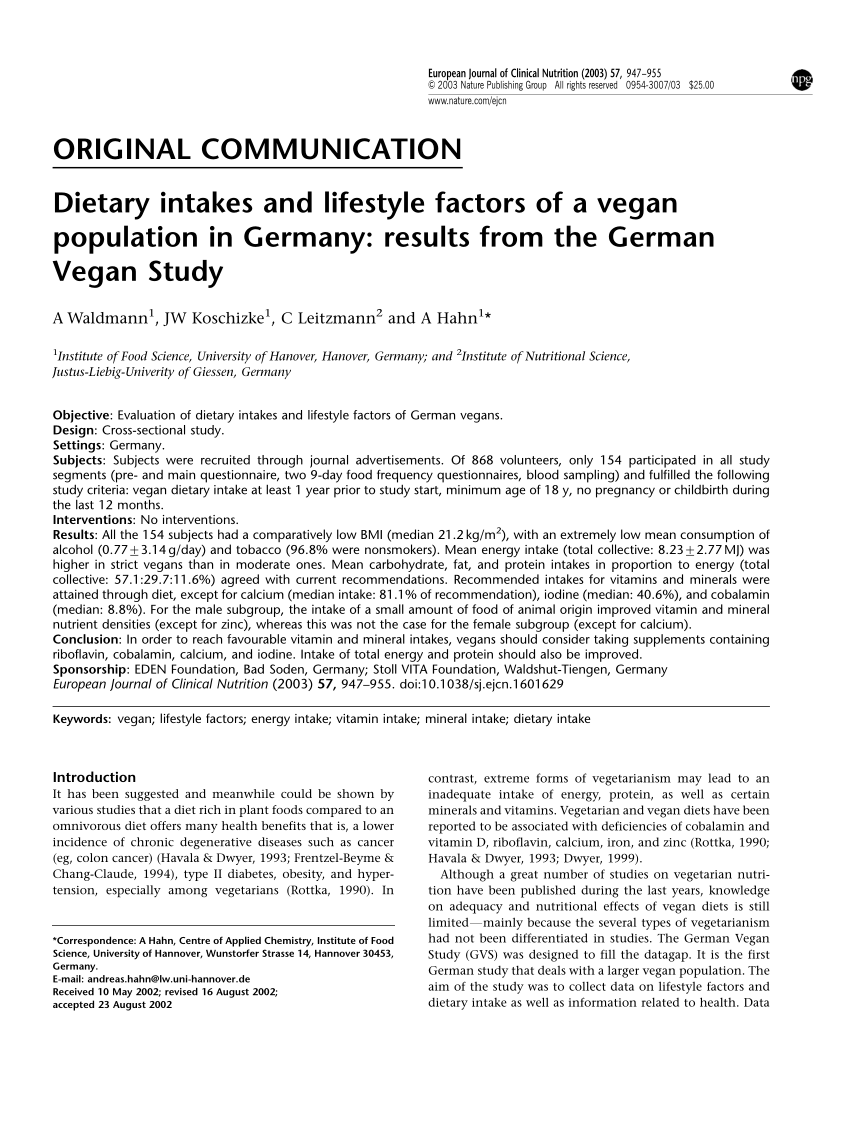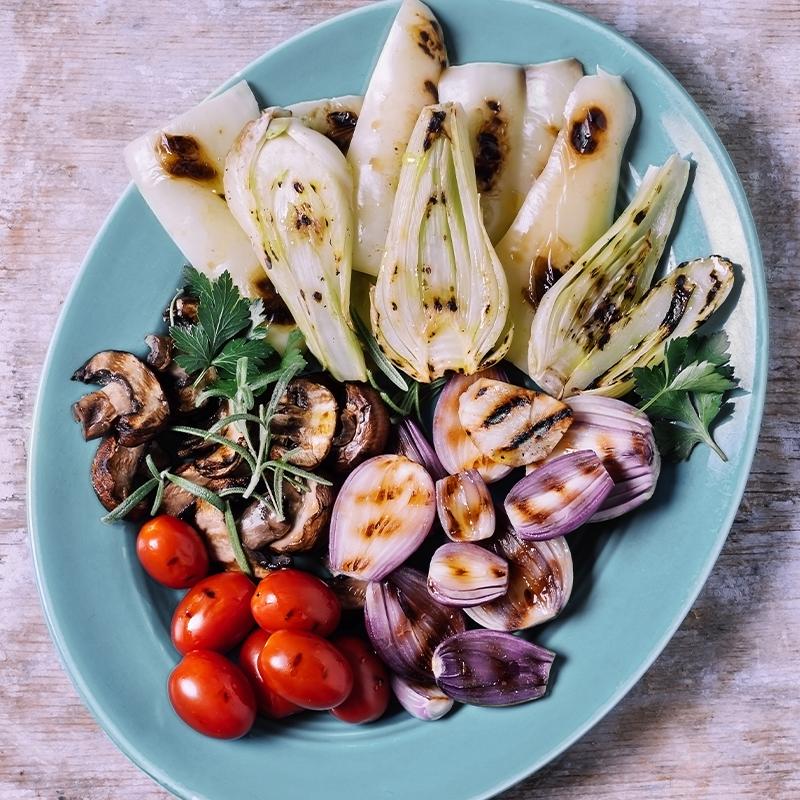
Hummus can be enhanced with roasted carrots. The bright orange carrots give the hummus a nutritional boost and add brightness to its flavor. Carrots are rich in beta carotene and vitamin A. They also contain potassium. They are also rich in fibre.
Local farmers are able to sell carrots all year. You can buy carrots of many different colors, including yellows, reds, oranges, and purples. Purple carrots will have a stronger flavor. They are also good sources of antioxidants. A cup of carrots is rich in protein, with 1.9 grams per cup. These carrots make a great snack. It is easy to make carrots. They can either be roasted, boiled or steamed.
Carrot Hummus is a fun dish that can be served with a colorful veggie platter. A sandwich can be made with carrot hummus. This recipe is very simple to prepare. To make carrot and hummus you can use a highspeed blender or food processor to blend the ingredients. You can also combine the ingredients by hand. You can use a high-speed blender to achieve a smoother texture.

Carrot hummus can be a healthy snack and is easy to make. You can serve it with crackers, pita bread, and crudites. It can be used to add a lot more protein and fiber to your meals. It is also a great way to reduce food waste.
Carrots require little effort to grow and can be bought from local farmers all year. Carrots are inexpensive and a great source of potassium, vitamin A, and fiber. They also contain beta carotene which may help to prevent cancer. Carrots are rich in protein, and they also provide vitamins K1-B6. They also have a rich texture that is great for eating as a dip or spread.
Carrot hummus is a healthy snack that can be made using a high-speed blender or food processor. Carrot hummus can be used as a dip for carrots or mixed with other vegetables. Carrots provide an excellent source for protein as well as fiber. Carrots are an excellent source of antioxidants. They also contain potassium, vitamin A and beta carotene. Carrot hummus is a healthy snack that is easy to prepare. It can be served with crudites, pita bread, or crackers. This is an excellent way to get a lot of fiber and protein into your meal. A delicious and festive side dish for carrot hummus, it can be served alongside a colorful vegetable platter.
Carrot hummus tastes savory and creamy with a bright orange hue. It's great for carrots and goes well with sugar snappeas. This spread can be served with pita bread and vegetables sticks, as well as lavash.

The spice mix for carrot hummus includes ground cumin and dried basil. If you prefer, you can add 1/4 teaspoon of harissa powder to the recipe. If you prefer a more mild flavor, you could use soy sauce in place of tamari. You can also substitute lemon juice for balsamic vinegar.
FAQ
What can be done to increase your immune system's effectiveness?
The human body consists of trillions of cells. These cells collaborate to form tissues and organs that perform specific functions. When one cell dies, another cell replaces it. Chemical signals, called hormones, allow cells to communicate with each other. Hormones regulate all bodily functions from growth and developmental to metabolism and immunity.
Hormones refer to chemicals secreted in glands throughout the body. They are chemicals that travel through the bloodstream and function as messengers to control how our bodies work. Some hormones can be produced within the body while others can be made outside.
Hormone production occurs when a hormone producing gland releases its contents to the bloodstream. Once hormones have been released, they travel through the body to their intended organ. Some hormones may only remain active for a limited time. Other hormones remain active longer and still have an influence on the body's functioning long after they leave bloodstream.
Some hormones can only be produced in large quantities. Some hormones are produced in large quantities.
Some hormones only are produced during certain periods of life. The production of estrogen can occur during puberty and pregnancy, as well as menopause and old age. Estrogen aids women in developing breasts, maintaining bone density and preventing osteoporosis. It helps to stimulate hair growth and maintains skin's softness.
How can I live a life that is full of joy every day?
It is important to identify what makes you happy. Once you have a clear understanding of what makes you happy you can go backwards. You can also inquire about the lives of others.
You can also read books like "How to Live Your Best Life" by Dr. Wayne Dyer. He talks about finding happiness in all areas of your life and finding fulfillment.
How does weight change with age?
How can I tell if my bodyweight changes?
If there are less calories than muscle mass, then weight loss is possible. This means that you must consume more calories than you use daily. Reduced activity is the leading cause of weight gain. You can also lose weight due to stress, illness, pregnancy, hormonal imbalances and certain medications. When there is more fat than muscles, it's called weight gain. It occurs when people eat more calories each day than they use. Common reasons include overeating, increased physical activity, and hormonal changes.
Our bodies lose weight because we eat fewer calories than we burn. Regular exercise increases metabolism, which means that we burn more calories per day. But, this does not mean that we'll get thinner. It is important to know if we are losing weight or gaining muscle. If we are burning more calories than what we eat, then we will lose weight. If we consume more calories that we burn, then we are actually storing them in fat.
As we age, we become less agile and don't move as often. We also tend to consume less food than when we were younger. This is why we tend to gain weight. On the other hand, we have more muscle mass and look larger than we actually are.
If you don't weigh yourself every week, there's no way of knowing how much weight have you lost. There are many ways to determine your weight. You can also measure your waistline, your hips or your thighs. Some people prefer to use the bathroom scales, while some prefer to use tape measurements.
Track your progress by measuring your waistline and weighing yourself every week. You can also take images of yourself every few weeks to see how far it has come.
You can also find out how much you weigh by looking up your height and weight online. For example, if your height is 5'10", and your weight is 180 pounds, then you'd probably be 180 pounds.
What is the difference of fat and sugar?
Fat is an energy source that comes directly from food. Sugar is naturally found in fruits and veggies. Both fats (and sugars) have the exact same calories. Fats have twice the calories of sugars, however.
Fats are stored in your body and can cause obesity. They can increase cholesterol levels in the arteries and cause strokes and heart attacks.
Sugars are quickly absorbed by the body and provide instant energy. This causes blood glucose levels to rise. High blood glucose levels are dangerous as it can increase the likelihood of developing type 2 diabetes.
What's the difference between a calorie and kilocalorie?
Calories are units that measure the energy content of food. Calories are the unit of measurement. One calorie represents the energy required to raise one gram of water's temperature by one degree Celsius.
Kilocalories are another term for calories. Kilocalories are measured in thousandths of a calorie. 1000 calories are equal to one kilocalorie.
Statistics
- The Dietary Guidelines for Americans recommend keeping added sugar intake below 10% of your daily calorie intake, while the World Health Organization recommends slashing added sugars to 5% or less of your daily calories for optimal health (59Trusted (healthline.com)
- WHO recommends reducing saturated fats to less than 10% of total energy intake; reducing trans-fats to less than 1% of total energy intake; and replacing both saturated fats and trans-fats to unsaturated fats. (who.int)
- According to the Physical Activity Guidelines for Americans, we should strive for at least 150 minutes of moderate intensity activity each week (54Trusted Source Smoking, harmful use of drugs, and alcohol abuse can all seriously negatively affect your health. (healthline.com)
- Extra virgin olive oil may benefit heart health, as people who consume it have a lower risk for dying from heart attacks and strokes according to some evidence (57Trusted Source (healthline.com)
External Links
How To
What does the meaning of "vitamin?"
Vitamins can be described as organic compounds found in food. Vitamins help us absorb nutrients in the foods we consume. Vitamins cannot be produced by the body. They must be obtained from food.
Two types of vitamins exist: water soluble and oil soluble. Water-soluble vitamins dissolve easily when they are dissolved in water. Vitamin C,B1(thiamine), B2 (2riboflavin), and B3 (3niacin), as well as vitamin C,B1, B2 (riboflavin), and B3 (niacin), vitamin B6 (pyridoxine), vitamin folic acid (biotin), pantothenic, and choline are examples. The liver and fatty tissue are the main storage places for fat-soluble vitamins. You can find vitamin D, E K, A and beta carotene as examples.
Vitamins are classified according their biological activity. There are eight main groups of vitamins.
-
A - Vital for healthy growth.
-
C – essential for proper nerve function.
-
D - Essential for healthy teeth and bones.
-
E - required for good vision & reproduction.
-
K – Required for healthy muscles & nerves.
-
P – vital for building strong bones.
-
Q - aids digestion, absorption and absorption iron
-
R - Required for red blood cell production
The recommended daily intake (RDA), of vitamins varies with age, gender and physical conditions. The U.S. Food and Drug Administration (FDA) sets the RDA values.
For adults over 19 years, the RDA is 400 mg per day for vitamin A. For fetal development, pregnant women require 600 micrograms per daily. Children ages 1-8 require 900 micrograms per day. Infants under one year of age require 700 micrograms per day, but this amount decreases to 500 micrograms per day between 9 months and 12 months of age.
Children ages 1-18years who are obese need 800 micrograms per day while those who are overweight need 1000 micrograms per day and children who are underweight need 1200 micrograms per day to meet their nutritional needs.
Children aged 4-8 who have anemia are required to consume 2200 micrograms of Vitamin C daily.
2000 micrograms are required daily for good health in adults over 50. Women who are pregnant or breastfeeding need 3000 micrograms per day due to increased nutrient requirements.
Adults over 70 years of age need 1500 micrograms per day since they lose about 10% of their muscle mass each decade.
Women who have been pregnant or are lactating require more than the RDA. Pregnant women need 4000 micrograms per dayduring pregnancy and 2500 micrograms per day after delivery. Breastfeeding mothers need to consume 5000 micrograms each day when breastmilk has been produced.